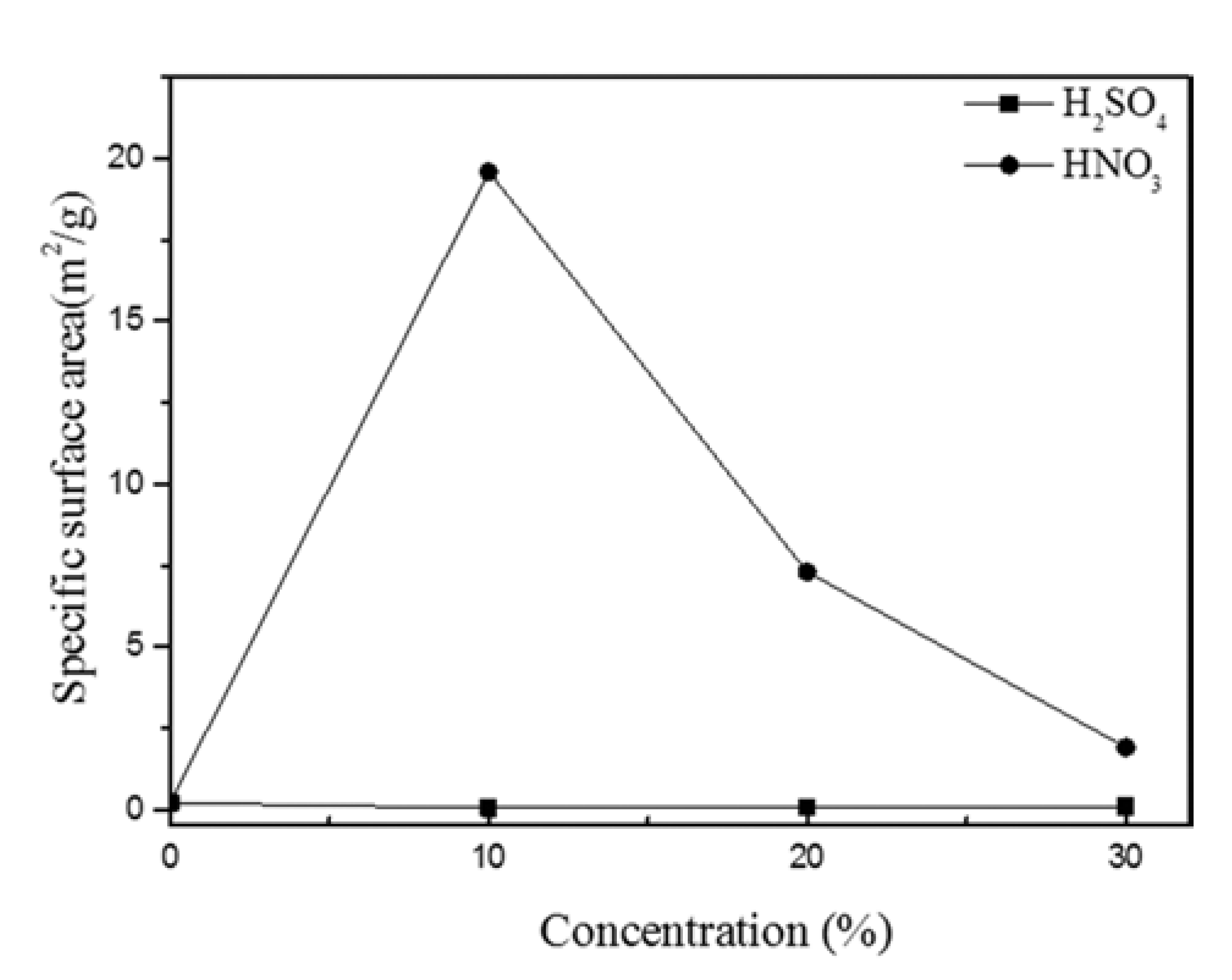Search
- Page Path
- HOME > Search
- [English]
- Production of Porous Metallic Glass Granule by Optimizing Chemical Processing
- Song-Yi Kim, Bo-Kyung Guem, Min-Ha Lee, Taek-Soo Kim, Jurgen Eckert, Bum-Sung Kim
- J Korean Powder Metall Inst. 2014;21(4):251-255. Published online August 1, 2014
- DOI: https://doi.org/10.4150/KPMI.2014.21.4.251

- 778 View
- 2 Download
- 1 Citations
-
 Abstract
Abstract
 PDF
PDF In this study, we optimized dissolution the dissolution conditions of porous amorphous powder to have high specific surface area. Porous metallic glass(MG) granules were fabricated by selective phase dissolution, in which brass is removed from a composite powder consisting of MG and 40 vol.% brass. Dissolution was achieved through various concentrations of H2SO4 and HNO3, with HNO3 proving to have the faster reaction kinetics. Porous powders were analyzed by differential scanning calorimetry to observe crystallization behavior. The Microstructure of milled powder and dissolved powder was analyzed by scanning electron microscope. To check for residual in the dissolved powder after dissolution, energy dispersive X-ray spectroscory and elemental mapping was conducted. It was confirmed that the MG/brass composite powder dissolved in 10% HNO3 produced a porous MG granule with a relatively high specific surface area of 19.60 m2/g. This proved to be the optimum dissolution condition in which both a porous internal granule structure and amorphous phase were maintained. Consequently, porous MG granules were effectively fabricated and applications of such structures can be expanded.
-
Citations
Citations to this article as recorded by- Enhanced wear resistivity of a Zr-based bulk metallic glass processed by high-pressure torsion under reciprocating dry conditions
Soo-Hyun Joo, Dong-Hai Pi, Jing Guo, Hidemi Kato, Sunghak Lee, Hyoung Seop Kim
Metals and Materials International.2016; 22(3): 383. CrossRef
- Enhanced wear resistivity of a Zr-based bulk metallic glass processed by high-pressure torsion under reciprocating dry conditions
- [English]
- High Strength Nanostructured Metastable Alloys
- Jurgen Eckert, Birgit Bartusch, Frank Schurack, Guo He, Ludwig Schultz
- J Korean Powder Metall Inst. 2002;9(6):394-408.
- DOI: https://doi.org/10.4150/KPMI.2002.9.6.394

- 339 View
- 1 Download
-
 Abstract
Abstract
 PDF
PDF - Nanostructured high strength metastable Al-, Mg- and Ti-based alloys containing different amorphous, quasicrystalline and nanocrystalline phases are synthesized by non-equilibrium processing techniques. Such alloys can be prepared by quenching from the melt or by powder metallurgy techniques. This paper focuses on one hand on mechanically alloyed and ball milled powders containing different volume fractions of amorphous or nano-(quasi)crystalline phases, consolidated bulk specimens and, on the other hand. on cast specimens containing different constituent phases with different length-scale. As one example. Mg_55Y_15Cu_30- based metallic glass matrix composites are produced by mechanical alloying of elemental powder mixtures containing up to 30 vol.% Y_2O_3 particles. The comparison with the particle-free metallic glass reveals that the nanosized second phase oxide particles do not significantly affect the glass-forming ability upon mechanical alloying despite some limited particle dissolution. A supercooled liquid region with an extension of about 50 K can be maintained in the presence of the oxides. The distinct viscosity decrease in the supercooled liquid regime allows to consolidate the powders into bulk samples by uniaxial hot pressing. The Y_2O_3 additions increase the mechanical strength of the composites compared to the Mg_55Y_15Cu_30 metallic glass. The second example deals with Al-Mn-Ce and Al-Cu-Fe composites with quasicrystalline particles as reinforcements, which are prepared by quenching from the melt and by powder metallurgy. Al_98-xMn_xCe_2 (x =5,6,7) melt-spun ribbons containing a major quasicrystalline phase coexisting with an Al-matrix on a nanometer scale are pulverized by ball milling. The powders are consolidated by hot extrusion. Grain growth during consolidation causes the formation of a micrometer-scale microstructure. Mechanical alloying of Al_63Cu_25Fe_12 leads to single-phase quasicrystalline powders. which are blended with different volume fractions of pure Al-powder and hot extruded forming Al_100-x(Al_0.63Cu_0.25Fe_0.12)_x (x = 40,50,60,80) micrometer-scale composites. Compression test data reveal a high yield strength of sigma_ygeq700 MPa and a ductility of varepsilon_plgeq5% for than the Al-Mn-Ce bulk samples. The strength level of the Al-Cu-Fe alloys is sigma_yleq550 MPa significantly lower. By the addition of different amounts of aluminum, the mechanical properties can be tuned to a wide range. Finally, a bulk metallic glass-forming Ti-Cu-Ni-Sn alloy with in situ formed composite microstructure prepared by both centrifugal and injection casting presents more than 6% plastic strain under compressive stress at room temperature. The in situ formed composite contains dendritic hcp Ti solid solution precipitates and a few Ti_3Sn,;beta-(Cu, Sn) grains dispersed in a glassy matrix. The composite micro- structure can avoid the development of the highly localized shear bands typical for the room temperature defor-mation of monolithic glasses. Instead, widely developed shear bands with evident protuberance are observed. resulting in significant yielding and homogeneous plastic deformation over the entire sample.
TOP
 kpmi
kpmi


 First
First Prev
Prev


